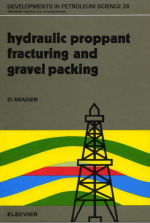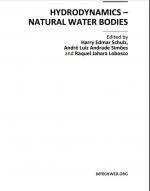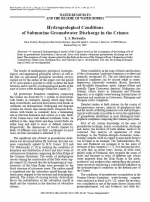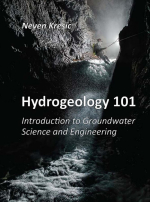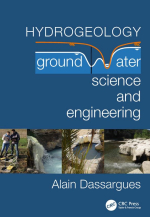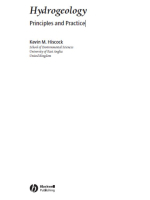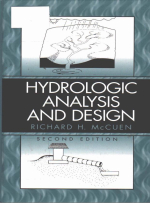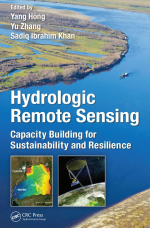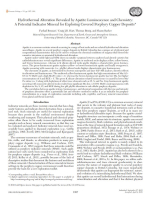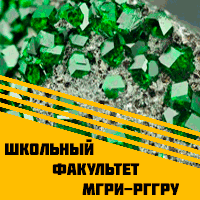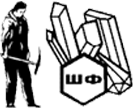Hydrogeology (from the Greek hydra: water, ge: earth, and logos: discourse) can be defi ned as the science of groundwater. That said, water forms a single unit: precipitation, surface water, ice, and subterranean water are all parts of a continuous cycle. Hydrogeology therefore cannot be separated from surface hydrology, climatology, geology, and geography. Furthermore, as with all modern sciences, it calls on the countless domains included in physics, chemistry, and biology. As water becomes more and more valuable, hydrogeologists are also confronted with social and political problems. More, perhaps, than any other science, hydrogeology today requires an interdisciplinary approach. Defi ning it precisely is therefore a diffi cult exercise. Where does the subterranean world of the hydrogeologist begin and end? Is water contained in magma a part of it? Do hot springs at midocean ridges fall under the domain of hydrogeology? Does one classify as subterranean a river crossing a cave/tunnel such as the Mas d’Azil (Ariège)? Is soil, where important physico-chemical reactions take place and where water can be extracted by plants, a subterranean domain? The reader will therefore understand that the simple defi nition “science of subterranean water” is intentionally vague, so to be all the more precise. <...>


